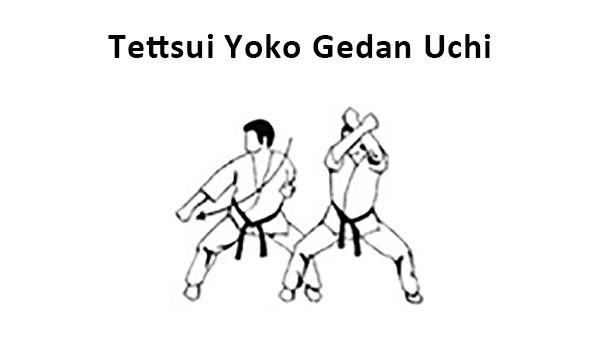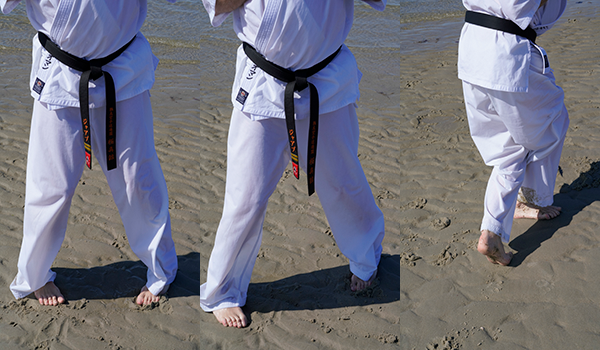


Uke defends with a certain technique: Chowa (moving your body in the direction of the attack, anticipating the movement of the attack by Tori), ending with the Yawara defence (ceding in the direction of the attack and letting yourself be carried by Tori).

These can be provoked by Tori himself by pulling or pushing or by Tori simply adapting himself to the movements of his partner who decides to move in diverse directions.Ħth Phase: Bogyo no waza (techniques of defence). Tori uses the movement of Uke in various directions. 2nd Didactic Levelĥth Phase: Opportunity. Zanshin does not cover just the technical movement from the start of the move to the end: it also covers a mental state of consciousness that continues even beyond having thrown Uke. Tori must keep his body under control as well as the body of Uke before, during and after the throw. To better explain this aspect of the throw, the term used is Zanshin. This phase, studying the throw itself, is simply the logical consequence of the previous two phases Kuzushi/Tsukuri. The final control of the technique is highlighted. Regarding this phase of finding the proper contact, various variations or “tuning” is explained based on the different potential opportunities for the technique, the physical build of Tori, and the direction of the throw.Ĥth Phase: Kake (final throw). Regarding breaking the balance of Uke, the detailed use of the hand at the sleeve and the hand at the lapel is put into focus.ģrd Phase: Tsukuri (study of the proper contact between Tori and Uke). Tori, beginning from Shizen hontai (natural, upright body position), performs the movements of Tai sabaki or, to be more precise, of Mae mawari sabaki (forward movement of the body, rotating by 180°) to achieve the ending position for Tai otoshi in a dynamic way.Ģnd Phase: Kuzushi (unbalance Uke or breaking Uke’s position) educationally starting with exercises of Sotai renshu (performing the technical movement with Uke participation), Tori starts in Shizen hontai, performs the movement of Tai sabaki (or Mae mawari sabaki) and emphasises the use of the arms to create the action of Kuzushi. The interesting point about this technique is that Tori (the person executing the technique) throws Uke (the person executing the fall) by being in a two-legged position in which his centre of gravity is lower than Uke’s who, at the moment of his fall, finds himself in an unbalanced position.ġst Phase: Educationally starting from exercises of Tandoku renshu (solo practice without an Uke), this phase provides an awareness of the starting position and the ending position in order to correctly throw Uke in a controlled way. The importance of the stability of the ending position is emphasised. Tai Otoshi within the throwing techniques, or Nage waza, belongs to the group known as Te Waza (techniques using the arms and shoulders). In Judo, great importance is given to the position, which is generally called Shizentai (natural position). In the first lesson, Judo Master Croceri, demonstrated the technique of Tai otoshi (body drop). We’ll start with the three lessons held by Judo Master Corrado Croceri and we’ll explain what was at the heart of them. After having shown you the amazing videos of the event (which let you breathe the authentic, pure air of Judo during our main Judo camps), we wanted to explore in more depth the technical and didactic aspects, as well as Judo’s culture of discipline. During the last Judo Summer Camp 2014, many changes were made which generated great interest.


 0 kommentar(er)
0 kommentar(er)
